Forests Overview
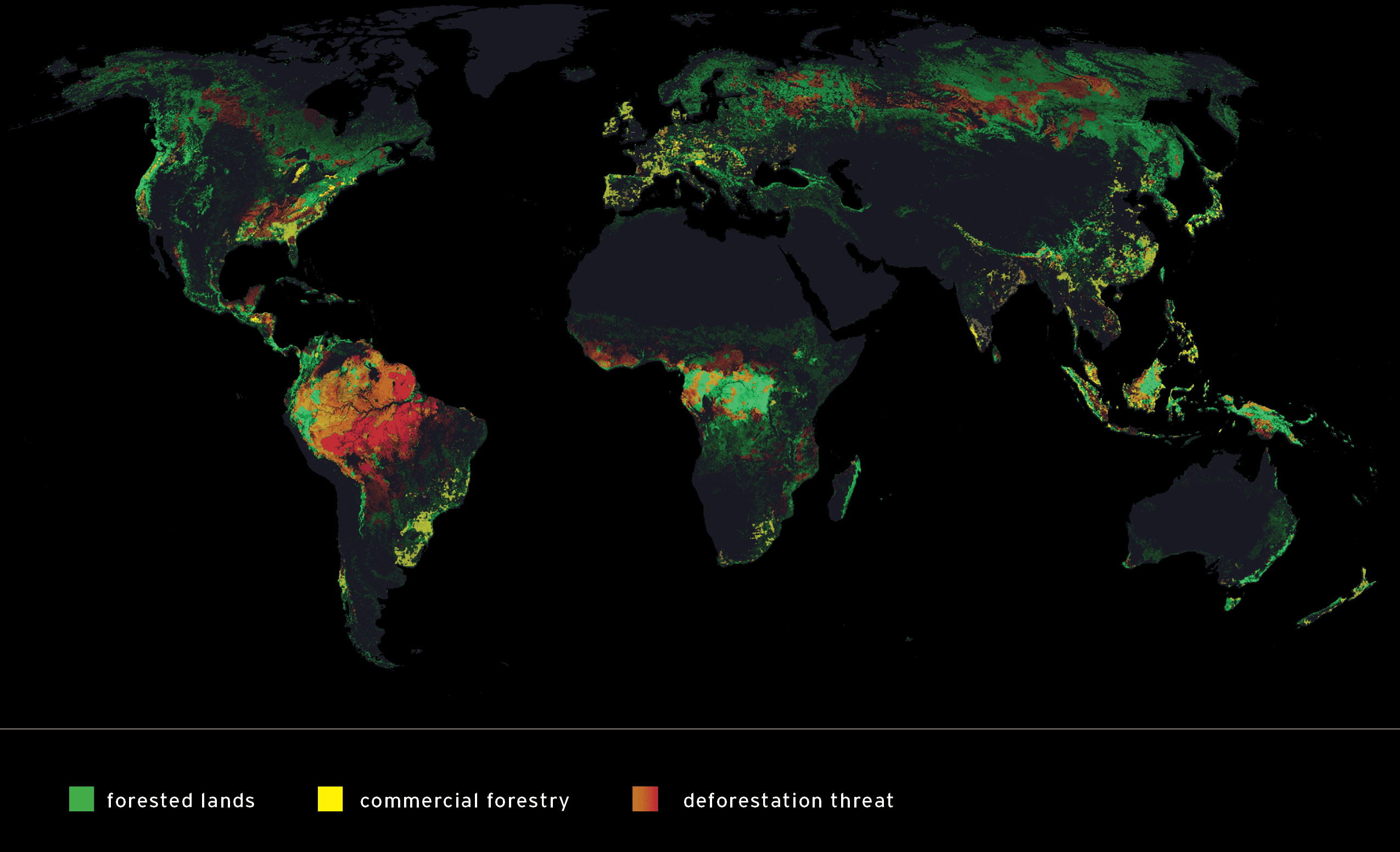
FORESTS COVER 27% OF LAND ON EARTH AND HOLD 70% OF PLANT AND ANIMAL SPECIES, WHILE DEFORESTATION THREATENS THE LOSS OF THESE MOST BIODIVERSE HABITATS AND GENERATES 10% OF ANNUAL GREENHOUSE GAS EMISSIONS.
Restoring and protecting forests and reforming forestry practices could reduce and absorb up to 30% of annual ghg emissions, prevent plant and animal extinctions, preserve biodiversity, and ensure sustainable forestry resources around the world.
map sources: current forest cover: forest height, NASA. | deforestation threat: Jean-Francois Bastin et al. , The global tree restoration potential. Science (2019). Fig. 3. Risk Assessment of future changes in potential tree cover by 2050. | commercial forestry: Global Map of Planted Forests and Tree Crops. Harris, N.L., E.D. Goldman, and S. Gibbes. 2019. “Spatial Database of Planted Trees Version 1.0.” Technical Note. Washington, DC: World Resources Institute. Fig. 1. | emissions reductions and offsets potential based on estimates from Project Drawdown, World Resources Institute, The Nature Conservancy and Griscom et al. Natural Climate Solutions. PNAS (2017)
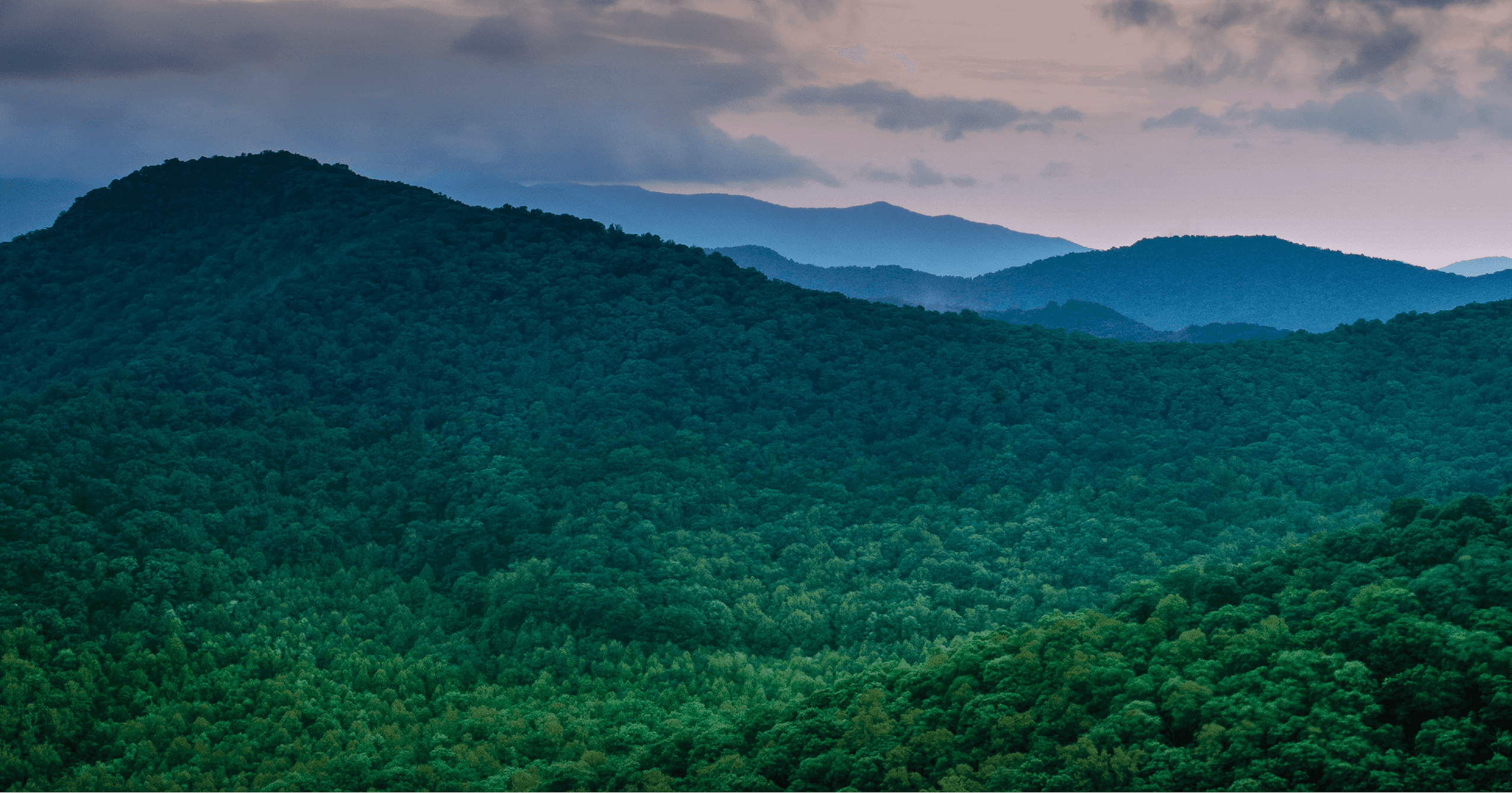
"BECAUSE ABOUT 2/3 OF ALL SPECIES ON EARTH ARE FOUND IN NATURAL FORESTS, MAINTAINING INTACT FORESTS IS VITAL TO PREVENT MASS EXTINCTION."
“It is no coincidence that some of the most carbon-rich ecosystems on land - natural forests - also harbor high levels of biodiversity... it is the very pests, pathogens, pollinators, decomposers, and predators that comprise a tropical forest that [generate] the carbon-rich growth forms (in both wood and soil) that take the carbon out of the atmosphere.”
Source: “The Global Deal For Nature” Dinerstein et al. 2019; Image Source: pexels, public domain.
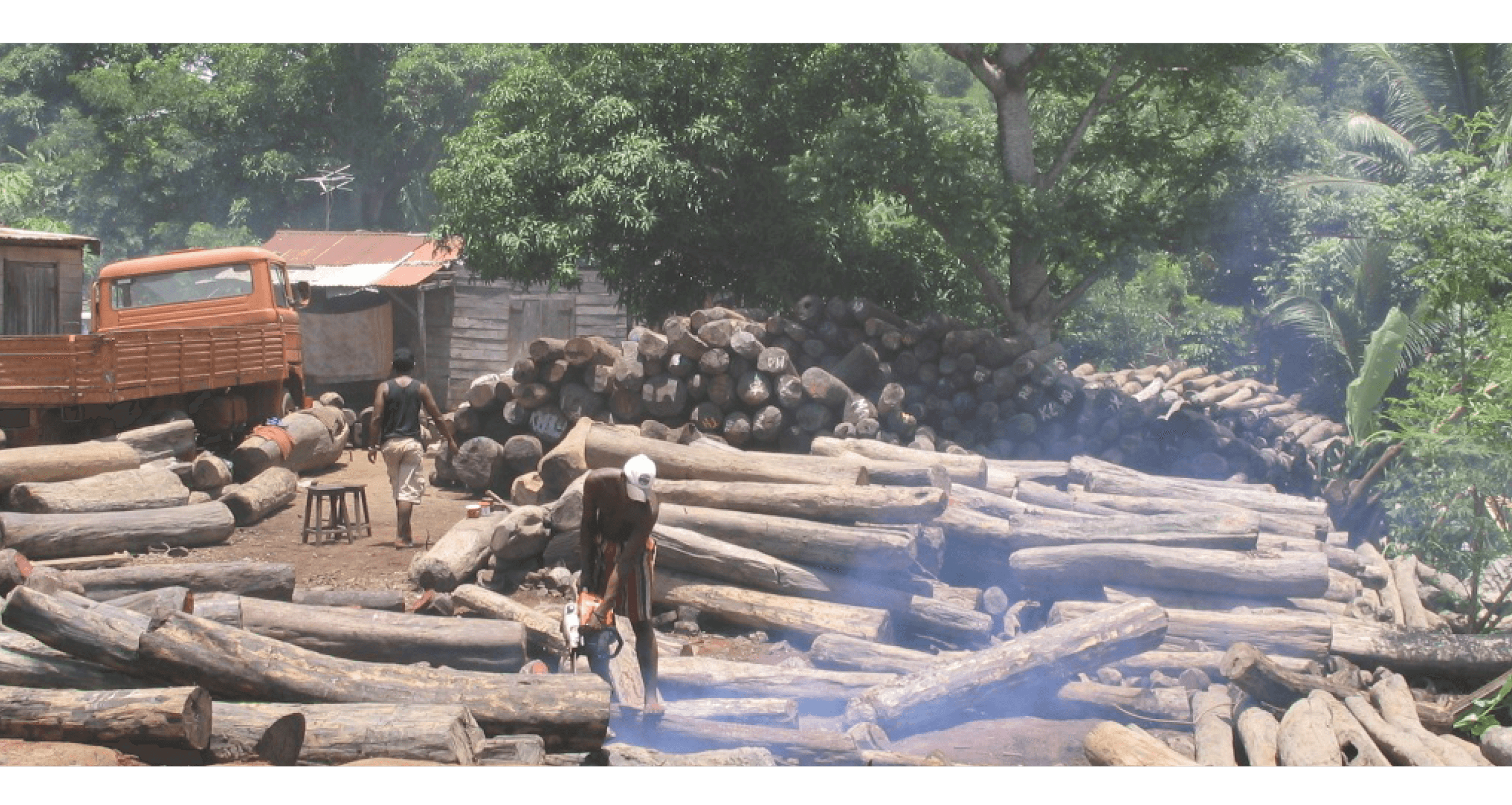
ONLY 22% OF EARTHS ORIGINAL FORESTS REMAIN.
“For every ton of wood a forest grows, it removes 1.47 tons of carbon dioxide and replaces it with 1.07 tons of oxygen.”
World Conservation Monitoring Centre / Conservation International / EPA/ WWF. The Nature Conservancy. bioenergyconnection.org
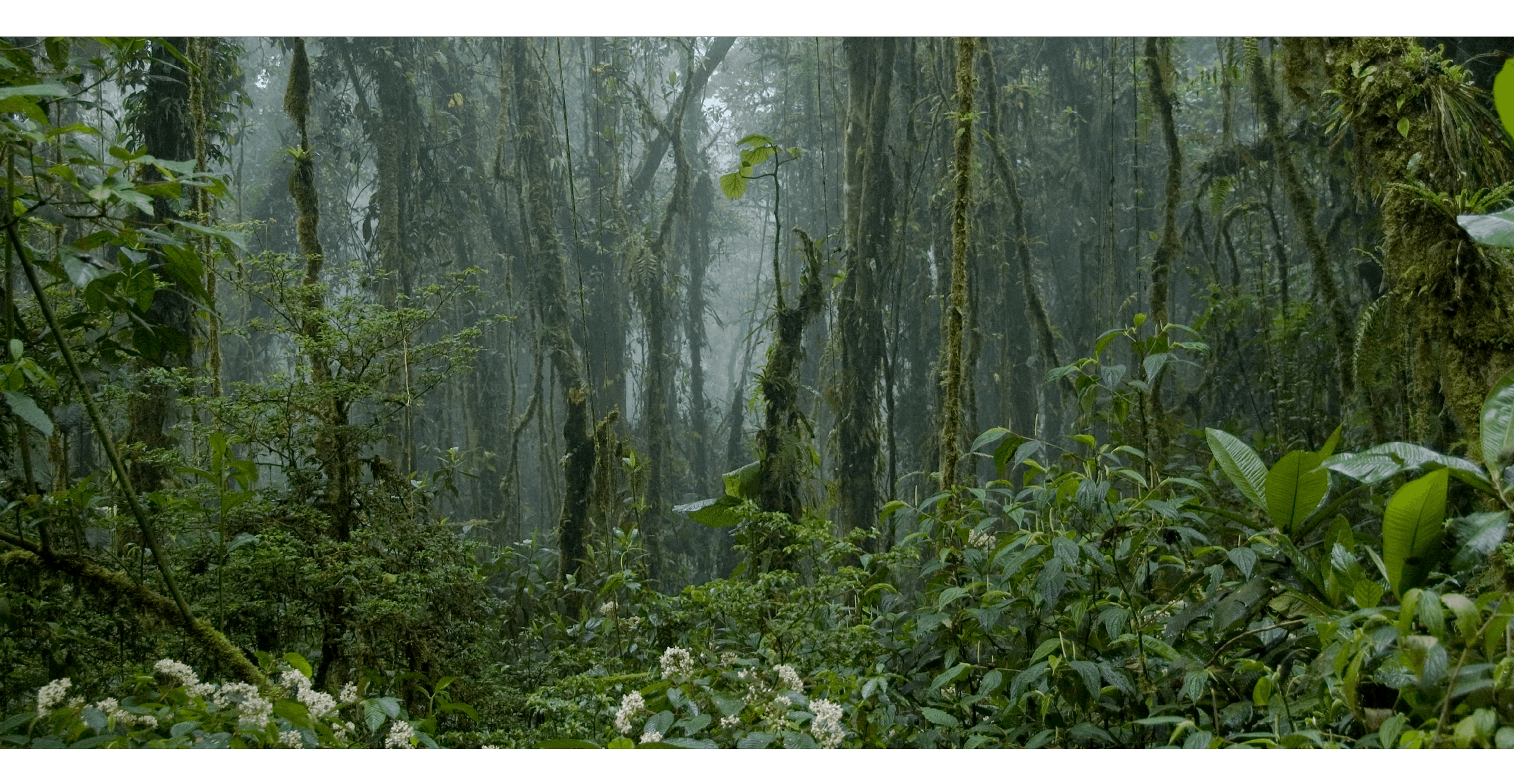
WHAT IF WE COULD SET ASIDE 40% OF ALL LAND ON EARTH FOR THRIVING, CARBON-RICH AND BIODIVERSE FORESTS?
By expanding forest protections, restoring degraded forest, and reducing our agricultural and grazing footprints, we could set aside 23% of our land for pristine forest, 10% for forest restoration, and 7% for sustainably managed forestry.
Source: Project Drawdown, “Natural Cliamte Solutions” Griscom et al. “Atlas of Forest Restoration Oppotunities” World Resources Institute. Image Source: Monteverde Cloud Forest, Costa Rica. travelmag.com. CC2.0 via Flickr
NATURE BASED SOLUTIONS
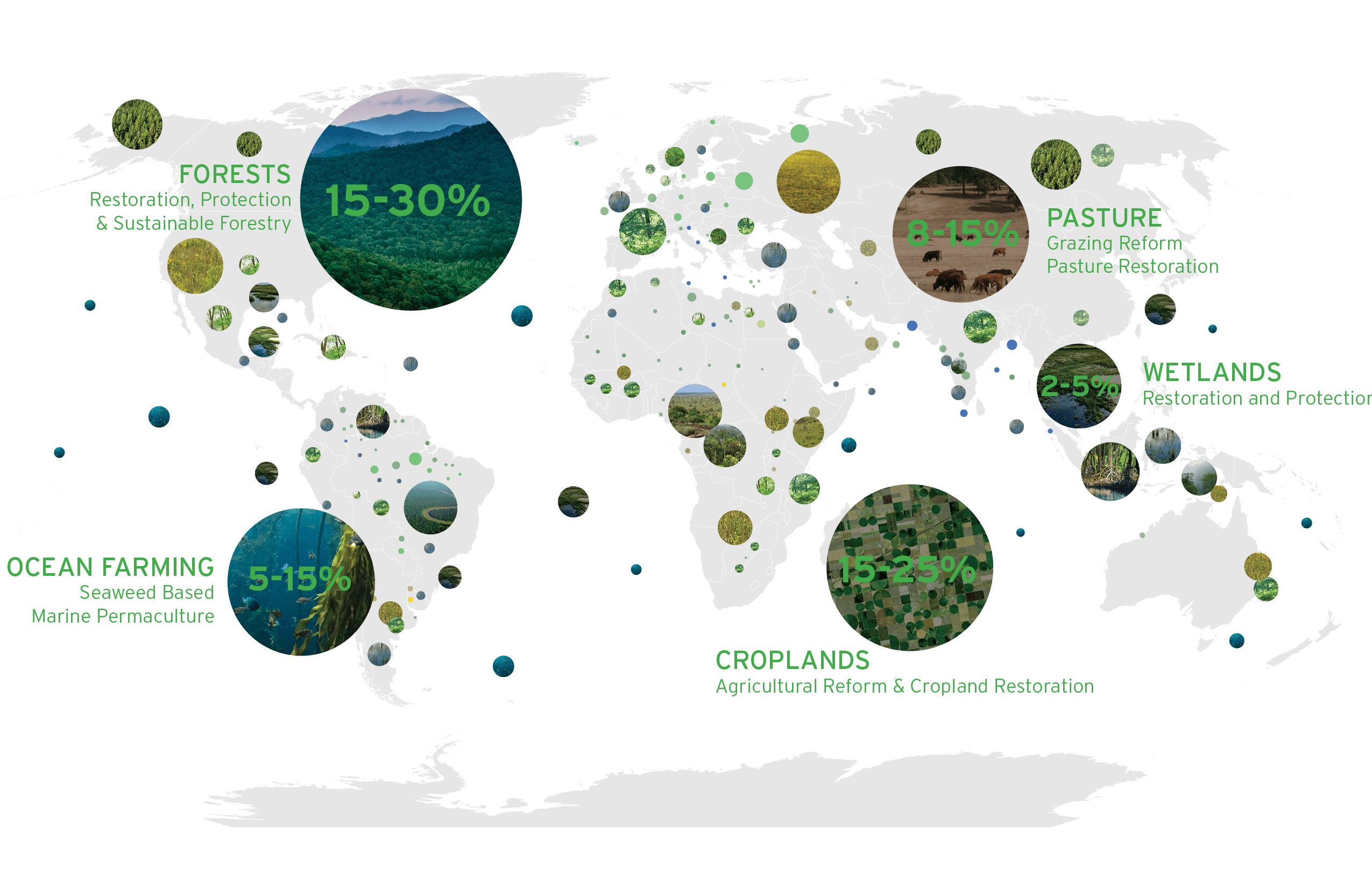
BY ADOPTING SUSTAINABLE AND REGENERATIVE PRACTICES IN AGRICULTURE, RANCHING, FISHING AND AQUACULTURE, AND FORESTRY, WE CAN POTENTIALLY OFFSET 45%-90% OF ANNUAL GREENHOUSE GAS EMISSIONS.
Nature Based Solutions “are economic, scalable, and... available now and almost everywhere on the planet. They offer co-benefits, including rural regeneration, improved food and water security, coastal resilience and biodiversity protection...”
“Drawdown” edited by Paul Hawken, 2017 | Emission reductions and offset potentials represent a range of expert estimates including Project Drawdown, ‘Natural Climate Solutions’ Griscom et al. The Atlas of Forest Restoration Opportunities, ‘Importance of Food-Demand Management for Climate Mitigation” Bajzelj et al. and others.
Next solution



Learn about Maya Lin’s fifth and final memorial: a multi-platform science based artwork that presents an ecological history of our world - past, present, and future.

Discover ecological histories and stories of former abundance, loss, and recovery on the map of memory.

Learn how we can reduce our emissions and protect and restore species and habitats – around the world.

See how art can help us rethink the problems we face, and give us hope that each one of us can make a difference.

Help make a global memorial something personal and close to home. Share your stories of the natural world.